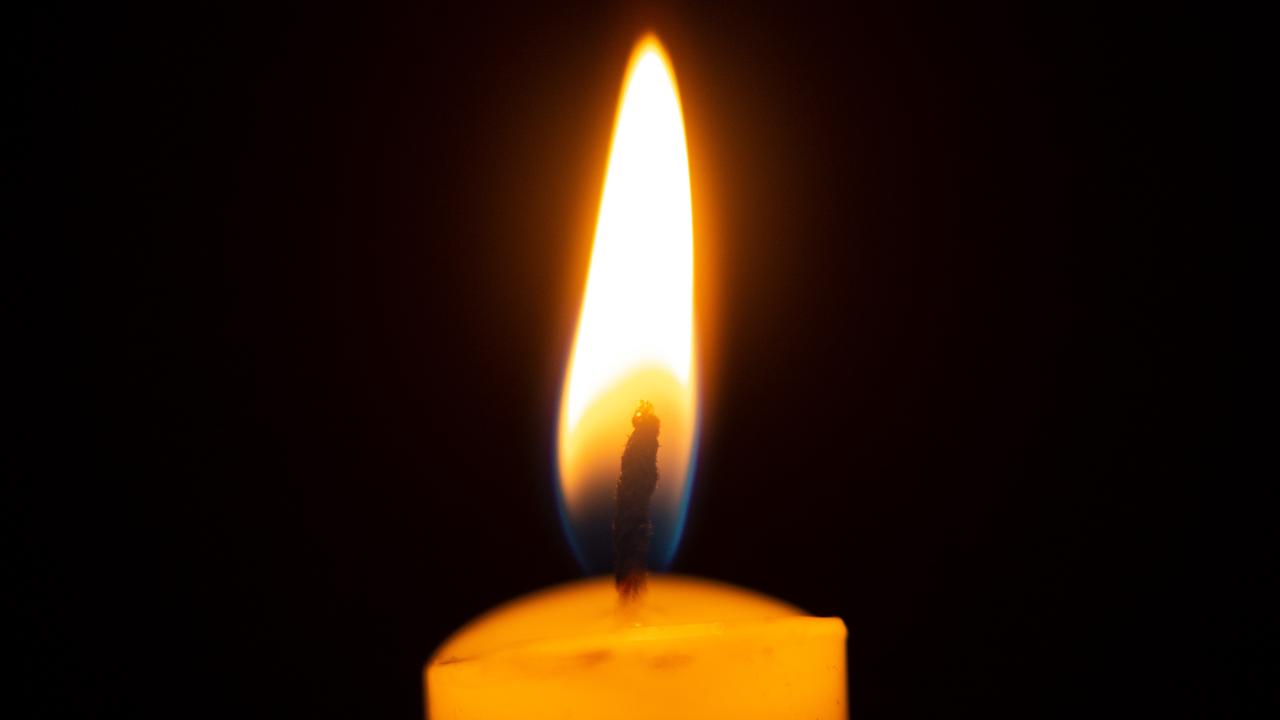Caleb Shang was one of Australia’s least likely war heroes, but the shy Cairns man returned as Queensland’s most decorated soldier of his time
HE was one of Australia’s least likely war heroes, but a shy Cairns man returned as Queensland’s most decorated soldier of his time. 100 Years of Untold Stories
ANZAC Centenary
Don't miss out on the headlines from ANZAC Centenary. Followed categories will be added to My News.
WHEN Private Caleb Shang returned home to Cairns on March 21, 1919, “at least 3000 souls” turned out on the wharf at dawn to greet the hometown hero.
The mayor was there as well as “infants in arms”; the Returned Services League had assembled in the “fullest possible strength”, the Cairns Citizens’ Brass Band played See the Conquering Hero Comes and the town was “astir”, The Cairns Post reported.
When the jubilant crowd first spied their war hero on the deck, they possibly wondered what the fuss was about. At 170cm and 51kg, Shang was an unlikely looking hero – more like a jockey than a fearless soldier, a shy, quiet man whose voice was drowned out by the crowd as he tried to speak.
Yet Shang had returned from the bloody campaigns of the Western Front with two Distinguished Conduct Medals and a Military Medal, making him not only the first decorated soldier of Chinese descent, but also the then-most decorated Queensland soldier.

“The decorations you have won are the equivalent, in my mind, of the V.C. (Victoria Cross),” gushed Mayor Richard Gelling.
GALLERY: The pictures that bring to life 100 Years of Untold Stories

Read more ANZAC stories - 100 Years of Untold Stories
Shang’s gallantry, survival and even presence in WWI were remarkable on many fronts. Firstly, Shang was a half-Chinese man in the Australian Imperial Force – a rarity at a time when only Europeans were considered eligible for service.
Secondly, he was a runner, signaller, scout and sometime sniper who would not only infiltrate enemy lines but also sketch enemy positions once there.
Historian Craig Deayton, author of Battle Scarred –The 47th Battalion in the First World War, says the runner’s job was one of the most perilous in the trench warfare of the Western Front and had an alarming casualty rate.
Finally, Shang’s 47th Battalion fought in some of the war’s bloodiest battles – Pozieres, Messines, Passchendaele, Ypres, Bullecourt and the Somme. In all, it lost 661 men and suffered 1564 casualties. Its losses were such that the battalion was disbanded in May 1918. The 47th had one of the war’s highest casualty rates, according to Deayton, losing about 200 men at the battles of Messines and Passchendaele.
When Shang received the DCM in 1917 for bravery at Messines, the citation read: “He acted as a runner continuously for four days through barrages and fire-swept areas, carrying water, food and ammunition to the front line. He attacked enemy snipers in broad daylight and accounted for them. In addition to this, he constantly volunteered for dangerous patrols into enemy country … His conduct showed a never-failing example of fearlessness, resource and initiative.”
He was awarded the Bar of the DCM when defending the pivotal city of Amiens, where his 12th Brigade and the 13th suffered a stunning 1230 casualties.
Shang not only ran rifles several times to the front lines through intense enemy barrage, but also volunteered to remain to run ammunition and man a machine gun post to cover for his company as it retired.
His brigade commander wrote that Shang had “excelled himself by his wonderful powers of endurance, intrepidity and utter contempt for danger”.
GALLERY: The pictures that bring to life 100 Years of Untold Stories
In 2002, Deayton interviewed Shang’s daughter, Delta, who shed more light on her father. Delta, then in her mid-70s, described Shang as a reserved, modest man, an “understanding, kind and gentle person” who spoke little of the war. While she had little insight on the motivations of such a quiet, reserved man for enlisting, she knew her father loved a challenge and often volunteered for dangerous assignments, well into enemy territory.

After the war Shang worked as a Chinese herbalist in Hamilton, Victoria, as a tally clerk on the Cairns wharves and as a bookmaker of little success.
Also known as “Charlie” Shang, Delta said her father suffered ill health and was often hospitalised in the interwar period and also suffered head injuries from a cycling accident in the Volunteer Defence Corps during World War II.
Delta believes the injuries affected his state of mind and were why he was forced to spend some time in a Brisbane psychiatric hospital.
Shang died of lung cancer in April 1953 in Cairns, and was survived by wife Anna, two daughters and a son, none of whom had children.
GALLERY: The pictures that bring to life 100 Years of Untold Stories


